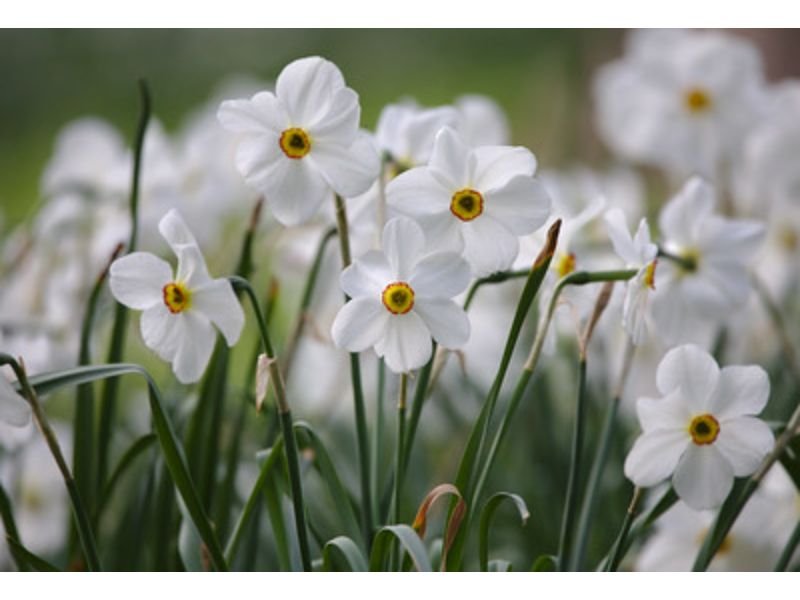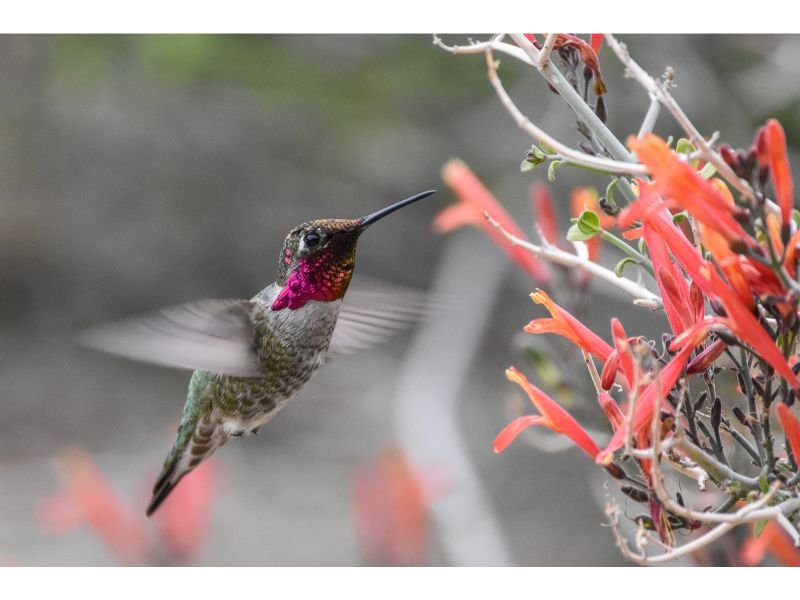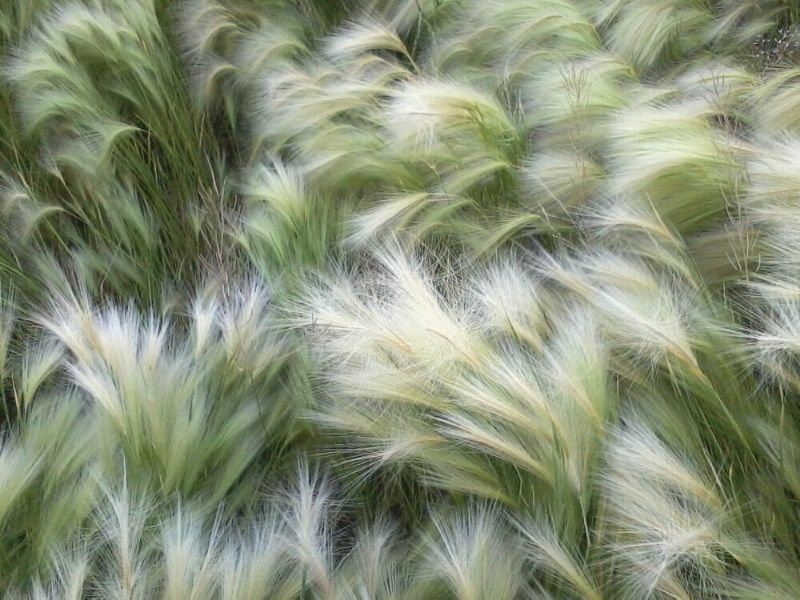Last updated on December 23rd, 2022 at 06:09 am
Butterflies are one of the best pollinators out there. These beautiful-winged insects are attracted to particular flower shapes and colors–one. Purple is one of the favorite colors for most pollinators and butterflies are no exception. There are numerous plants with purple flowers that attract butterflies in order to help them pollinate.
In some cultures, purple carries the symbolism of power, symbolism, and royalty. Whether purple is your favorite color or not, here is a list of purple plant that attracts butterflies to give that meaningful symbolism of purple to your garden.
Table of Contents
List of purple flowering plants that attract butterflies.
This purple flower butterfly plant is not limited only to your outdoor garden. Some of these flowers can be grown indoors, as a window box plant, or as a hanging flowering plant. By planting this purple flower, surely you can attract other pollinators, like bees and hummingbirds, as well.
Cupid’s Bow
Scientific name: Achimenes

The first purple flowers for butterflies are cupid’s bows. These five to six-petaled purple flowers are perennial flowering tropical plants that you can also use as cut flowers. Although originally a perennial tropical plant, they can thrive as an annual in non-tropical areas as well. Another striking part of cupid’s bow is the foliage, which has a velvety look with grayish-green color.
Black Adder ‘Giant Hyssop’
Scientific name: Agastache ‘Black Adder’
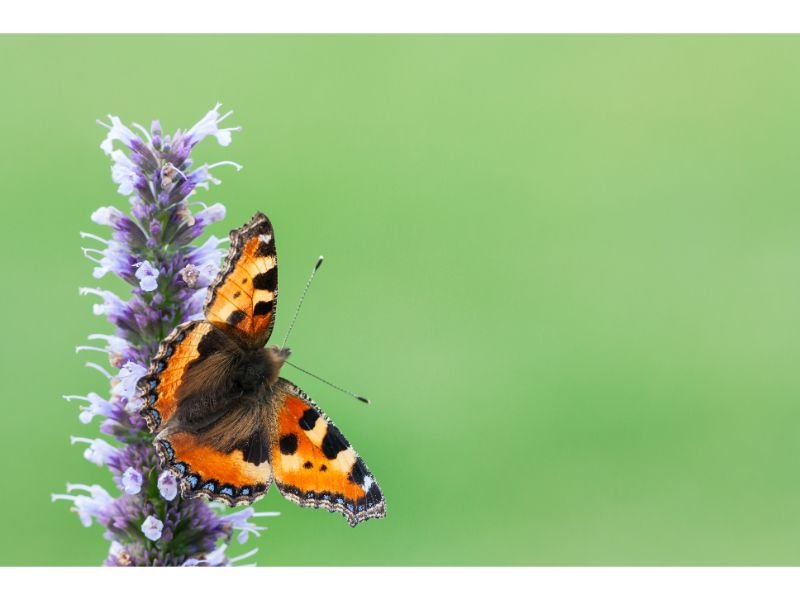
Another purple flower butterflies like are the black adder ‘giant hyssop’. This plant is of Lamiaceae or Mint Family and is a hybrid species of A. rugosa and A. Foeniculum. Can be grown in containers, they attract not only butterflies but other pollinators as well with their bright lavender purple tiny petals and stamens.
Carpet Bugle
Scientific name: Ajuga reptans
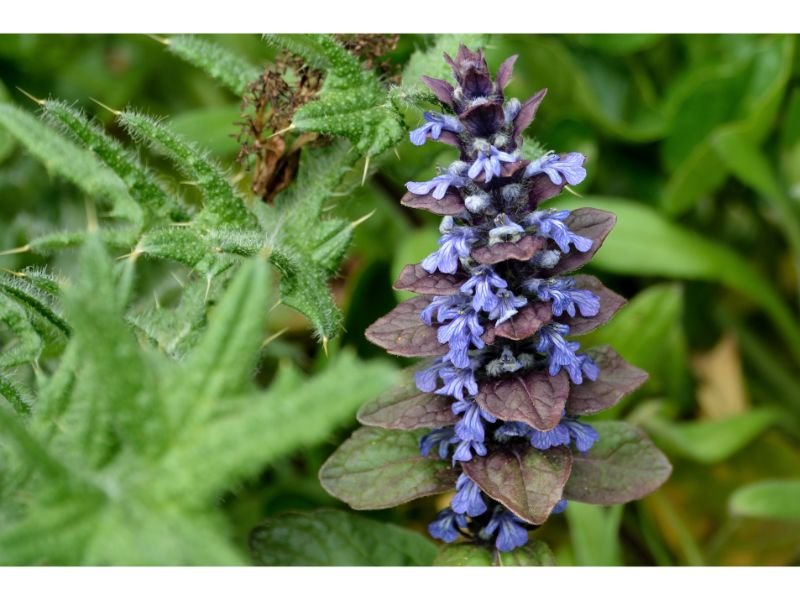
Carpet bugles are the next following purple flowers attract butterflies that are also coming from the Lamiaceae Family. Thus, this plant shares a similar appearance to the black adder ‘giant hyssop’. Carpet bugle has more than 10 cultivars, ranging in various colors and smells. For instance, the ‘chocolate chip’ carpet bugle cultivar produces a chocolate-like smell!
Purple Peruvian Lily
Scientific name: Alstroemeria hybrids

This herbaceous perennial native to South America loves to be grown in areas with full sun and partial shade. Purple Peruvian lilies are surely able to lure anyone with their beauty–but be careful since this flowering plant has high levels of toxins.
Grecian Windflower
Scientific name: Anemonoides blanda
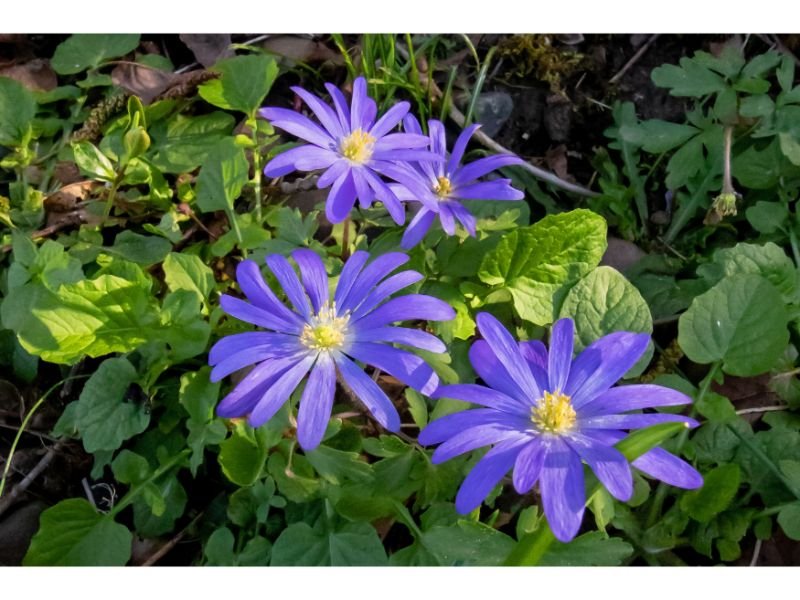
A little fun fact, Grecian windflower was once used as a herbal medicine. Their native habitats are in Turkey, Syria, Lebanon, and some parts of Southeastern Europe. They are relatively tiny, only growing about 15 centimeters high. They are the other purple flowers that attract butterflies which also have toxins, but the toxicity level is lower than purple Peruvian lilies.
Prairie Shoestring
Scientific name: Amorpha canescens

If you are not a fan of the toxic purple flower butterfly plant, prairie shoestring then may be one of the best choices for you. This perennial flowering plant has a deep-root system so make sure you plant them in gardening areas where deep-rooted plants can survive and are suitable. Prairie shoestring is not prone to serious pets or diseases–however, fungi like powdery mildew can hurt this gorgeous purple plant.
Bishop’s Wort
Scientific name: Betonica officinalis

These herbaceous perennial purple flowers attract butterflies and are edible. As another addition to your container, bishop’s words are also easy to maintain. They are drought resistant as well. But remember not to directly consume any plants without precautions to avoid poisoning or any unwanted health-related problems.
Lesser Bougainvillea
Scientific name: Bougainvillea glabra
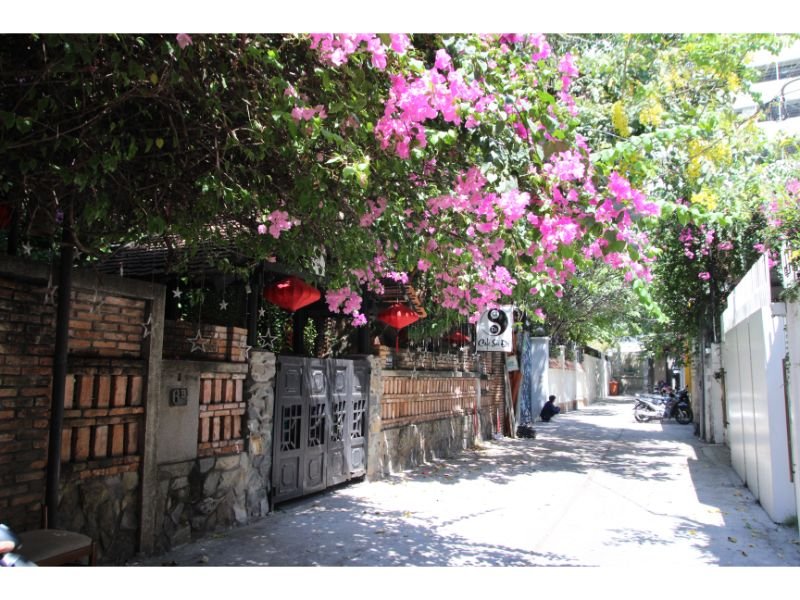
Lesser bougainvillea is the following purple flower butterfly plant that you can grow in small gardening spaces like containers. They can be grown either as an annual or perennial, depending on what your hardiness zone is. Lesser bougainvillea doesn’t only produce purple blooms but can be red, white, and creamy yellow as well. They are also known as the ‘paper flower’ for their thin, almost see-through, paper-like petals.
Amethyst Flower
Scientific name: Browallia speciosa

If you’re looking for purple flowers to attract butterflies for your hanging baskets or hanging pots, then amethyst flowers are the answer. They produce star-shaped petals with white centers and are also resistant to heat. Amethyst flowers are not toxic for humans, but they can be dangerous for pets like cats and dogs if ingested.
Lochinch Butterfly Bush
Scientific name: Buddleja 'Lochinch’

These perennial purple flowers attract butterflies best for those of you who live in the hardiness zones from 6 to 9. They produce fragrant clusters of tiny blooms that are shaped like stalks.
‘Super Bells Lavender’ Calibrachoa
Scientific name: Calibrachoa x hybrida

This purple flower butterfly plant is a hybrid of two different species. They produce petunia-like blooms and are also part of the Nightshade or Solanaceae family. Can be grown both as a perennial or an annual, this plant is also tolerant to heat and drought, making it a perfect flowering plant for those of you who live in an area where drought and heat are common problems.
Purple Poppy Mallow
Scientific name: Callirhoe involucrata

Also known as wine cups, these purple flowers attract butterflies plants grow cup-shaped blooms with yellowish-white centers Originally from Mexico and Central parts of America making purple poppy mallows resistant to dry soil and warm areas. If you’re a fan of low-maintenance flowering plants, you should consider purple poppy mallow. You can also use the seedlings of this plant for propagation.
Scotch Heather
Scientific name: Calluna vulgaris
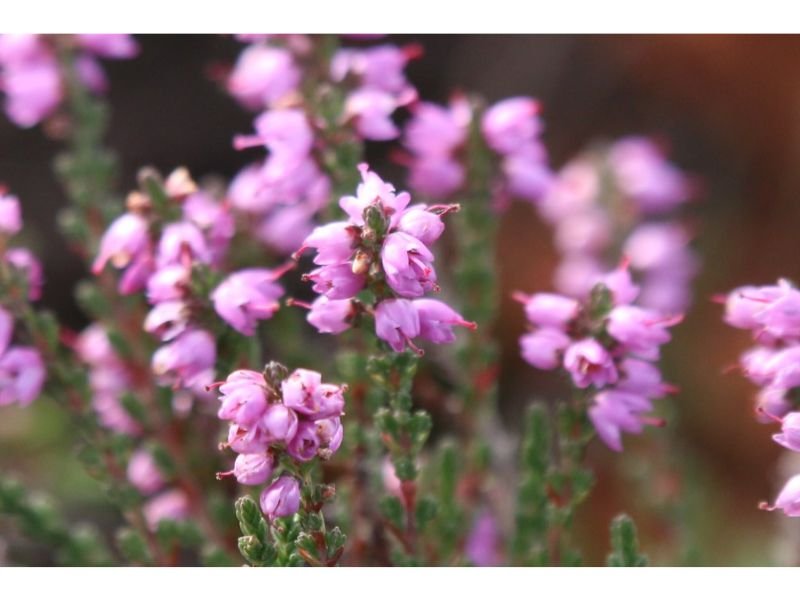
Scotch heather is a perennial purple flower butterfly plant that looks like lavender but it’s not. They thrive well in areas with direct full sun and good drainage, rich-nutrient soil. Their blooming times are during summer and fall when you can expect clusters of tiny flowers in individual stalks.
Crimson Cattleya
Scientific name: Cattleya labiata
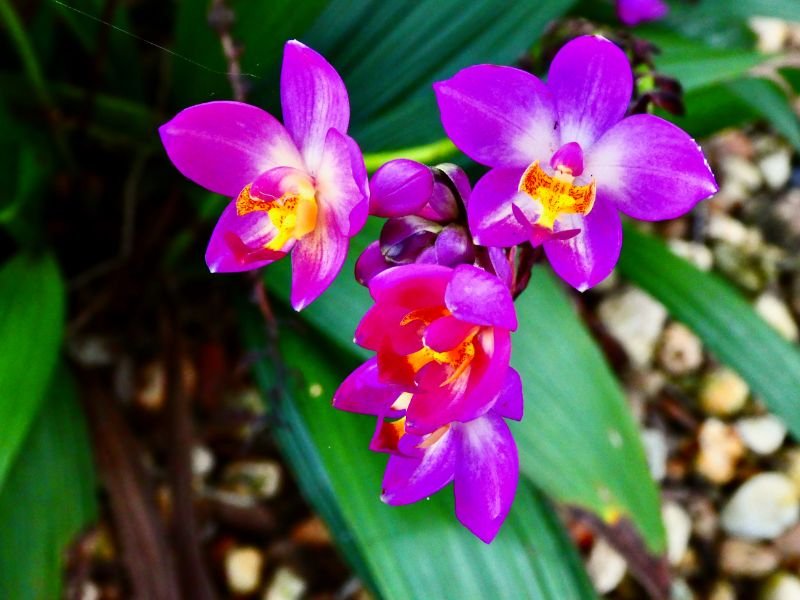
A native of Orchid or Orchidaceae Family, crimson cattleya would make anyone easily fall in love with their spectacular blooms’ shape. These purple flowers attract butterflies and are native to tropical and warmer areas like Brazil. However, they prefer to be placed in areas with partial shade, and grow best in high-matter soil with good drainage.
Clematis Sapphire Indigo
Scientific name: Clematis

Last but not least, purple flowers that attract butterflies are clematis sapphire indigos. These are the purple versions of the common white-colored clematis or old man’s beard. Before fully blooming, clematis sapphire indigo produces a unique white and ‘hairy’ sprout that looks like an old man’s beard. This perennial flowering plant contains high levels of toxins, so be aware if you want to bring them to your garden.
Wrap-up.
There you go, a list of purple flowers that attract butterflies that are relatively easy to grow in your outdoor or indoor garden. Aside from welcoming butterflies to your garden, these purple flowers can also make a good companion plant. One thing to be sure of is always careful when you plant purple flowers that have toxicity levels–whether it’s low, medium, or high, and do not consume this plant without any warnings.

New author in the hood. Loves gardening and flowers are my spirit animals (yes I know they are not animals but I insist). I will be covering most of the flowers’ topics here and occasionally random though as well.

